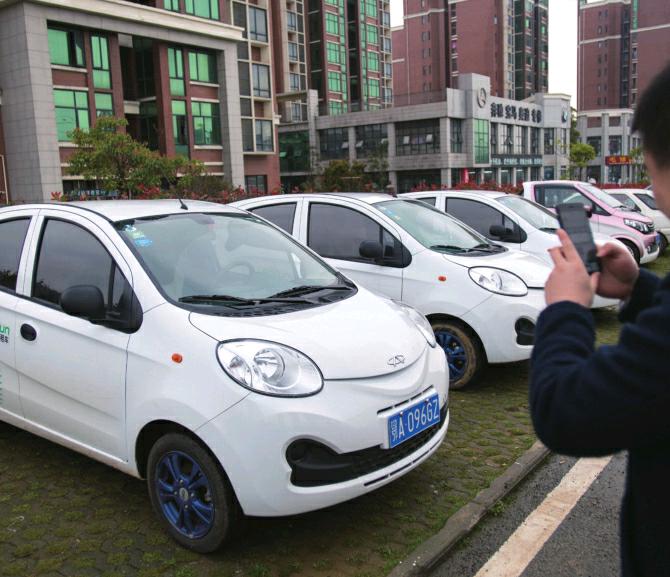Orderly Development Is Necessary for The Car-Sharing Industry
2017-07-21
Following an upsurge in bike-sharing popularity, the potential for car-sharing is arousing heated discussions in China. On June 3, a car-sharing company based in Zhengzhou, Henan Province, obtained A-round financing worth 135 million yuan($19.78 million)—moreover, several other car-sharing operators announced that they had successfully obtained fi nancing.
On June 1, Chinas Ministry of Transport(MOT) and Ministry of Housing and UrbanRural Development (MOHURD) jointly issued a guideline, encouraging the development of the car-sharing industry. Some believe that embracing opportunities brought by favorable policies and venture capital may result in explosive growth in the sector, just like whats been happening in the bike-sharing sector.
I dont agree with this viewpoint. Indeed, car-sharing and bike-sharing have the same business model—fi rst nurturing user habits through heavy investment, then realizing profi ts through value-added rental services, deposits and advertising income as well as new value chains developed from big data. However, the two businesses have completely different user demand, operation models and safety requirements. Such differences are severe enough to limit the growth potential of the car-sharing industry and force the business to follow a conventional development path.
First, in terms of demand, the car-sharing market is under stricter control than bikesharing. Although the MOT and MOHURD guideline does encourage its development, it also requires operators to design a car-circulation scheme suitable to public demand and limited road and parking resources in cities. This means the government has set a limit on the number of shared cars available in order to avoid the rampant growth witnessed in the bike-sharing industry—especially in cities such as Beijing and Shanghai which suffer from traffic congestion and scarce parking space. However, without a large supply, the user experience of the service wont be very good—therefore shared cars are unlikely to be in great demand. Different from bike-sharing, which aims to solve the last-kilometer transportation problem, carsharing seems more suitable to first-tier cities with license plate limits or tourist cities.
Second, the car-sharing operation model requires much heavier assets than bike-sharing. Compared with the cost of purchasing a bicycle at about 100 yuan ($15), the cost of a new-energy vehicle can reach more than 100,000 yuan ($14,735). Moreover, carsharing business is much more complicated than bike-sharing in terms of operations and maintenance. A survey conducted by the Society of Automotive Engineers of China showed that to gain profits, the daily revenue of a shared car should reach at least 150 yuan ($22). Car-sharing companies such as Car2go and Autolib have spent nearly 10 years planning before launching the service, but still only have fl eets of about 10,000 cars due to operational constraints. From the perspective of profitability, promoting carsharing is more diffi cult than bike-sharing.
Third, car-sharing requires much higher safety standards than bike-sharing because cars are much more complicated to use and faster than bicycles. For instance, an accident involving a shared car in Chengdu, Sichuan Province, in April spurred new challenges to the safe use and management of shared cars.
Although car-sharing may not experience explosive growth in the short term, that doesnt mean car-sharing companies have no opportunities for growth. In the long term, car-sharing can lower costs for drivers, and as driverless technology develops, shared cars will be easier to use.
Car-sharing companies must continue to innovate in service models, technology and management to better satisfy customer demand and improve user experience. Those who hope to earn money quickly from this sector may be disappointed.
